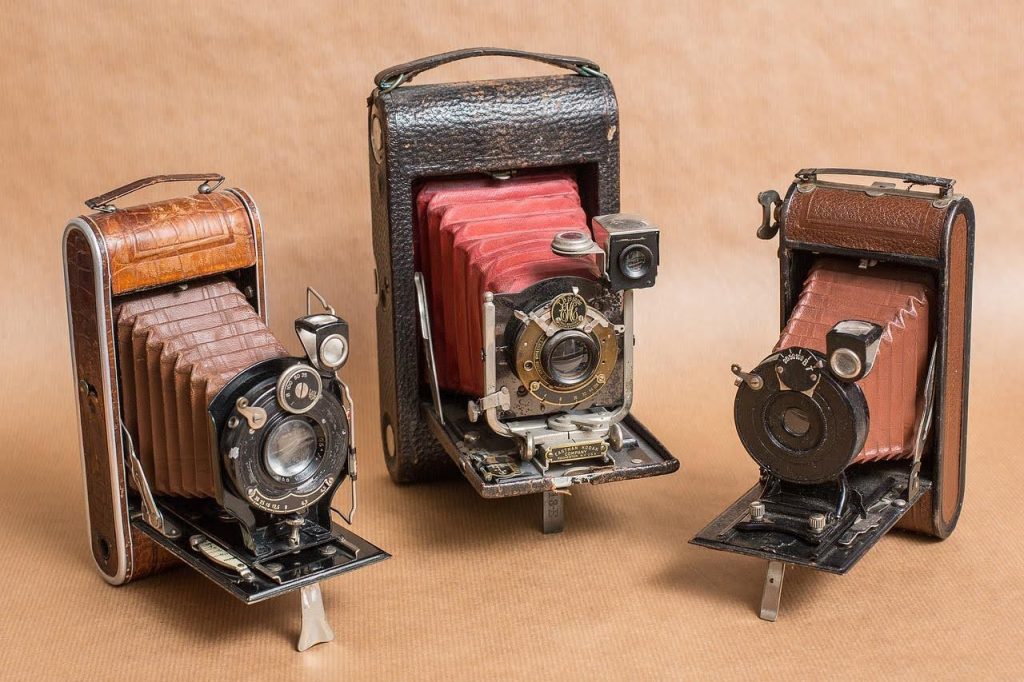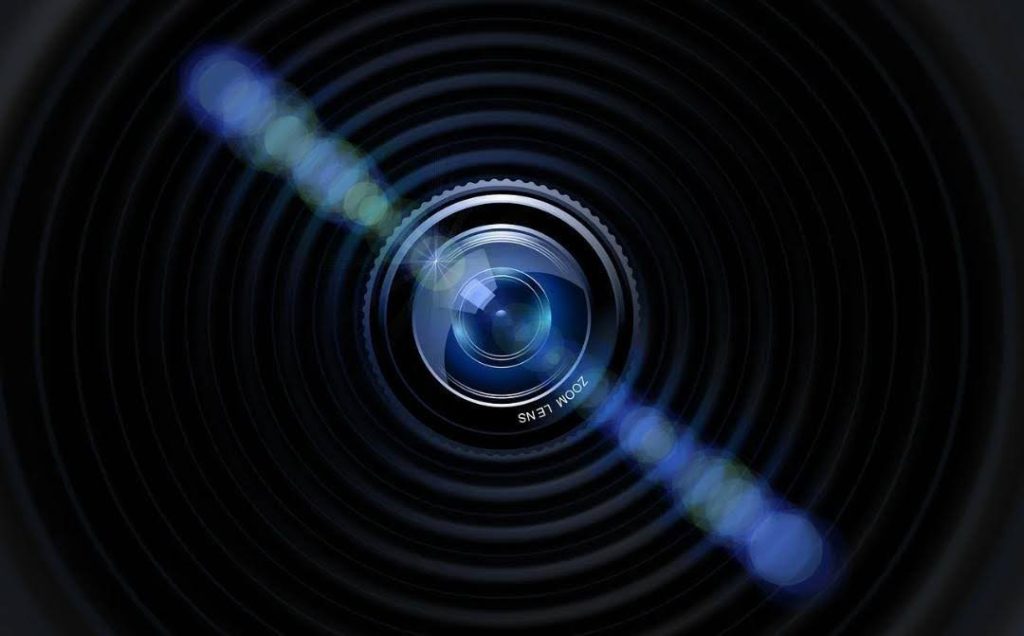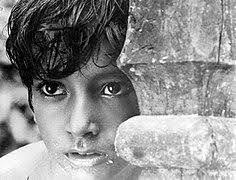The evolution of the camera is strongly linked to the history of film. Although, their ground-breaking ability to capture motion made early film cameras severely limited in what could be done in the filmmaking process. This article covers the evolution of cameras across time in the theatre, emphasizing how advancements in technology changed not just the technical aspects of filmmaking but also the visual language and narrative possibility of the art.
The Birth of the Spectacle (1890s-1920s)
The Kinetoscope and the Lumière Brothers’ Cinématographe were two of the first innovations in cinema, which emerged in the late 1800s. These early cameras were heavy and unwieldy, frequently kept in extravagant booths that limited their flexibility. Due to this technical constraint, the camera had to be positioned fixed, which resulted in a static and slightly voyeuristic view. In turn, actors had to modify their performances to fit the limitations of the camera. This gave rise to the distinctive theatrical style of silent film, which is defined by large gestures, heightened facial emotions, and a heavy emphasis on pantomime to portray actions and emotions.

The Shift Towards Mobility (1920s-1950s)
A significant turning point came with the invention of portable 35mm film cameras in the 1920s. Filmmakers were set free from the studio’s restrictions, thanks to their increased mobility, which made on-location shooting possible. Now, filmmakers like D.W. Griffith could experiment with different locations and provide a more genuine and captivating cinematic experience. During this time, inventive camerawork methods like sweeping shots, panning shots, and close-ups came about. These advances increased the visual vocabulary of films, giving directors more creative control over how the public would perceive their work and how dynamically they would like to tell a story. Moreover, the rise of the auteur theory—which celebrated directors with a particular visual style and thematic approach—coincided with the rise of portable cameras. Filmmakers such as Orson Welles, known for his bold use of deep focus, showed the camera’s potential as a powerful storytelling tool.
The Golden Age of Illusion (1950s-1980s)
The visual setting of cinema was completely transformed in the 1950s with the advent of widescreen formats like Cinemascope and anamorphic lenses. These innovations made it possible to record vast views and grand compositions, which further engaged viewers in fantasy settings and epic tales. The development of special effects techniques like rear-projection and matte paintings, which blurred the line between the fantastic and the real, also occurred at this time. With films like “Vertigo” and “Psycho,” Alfred Hitchcock skillfully made use of these changes to tell gripping stories with spectacular visuals.
The Democratization of Filmmaking (1980s-present)
The arrival of compact video cameras and Steadicam technology in the 1980s significantly impacted the realm of camerawork. Shaky handheld camerawork, pioneered in films like “The Blair Witch Project,” ushered in a new era of gritty realism and a heightened sense of immediacy. The subsequent digital revolution further democratized filmmaking by providing lightweight, versatile digital cameras that were more affordable than traditional film cameras. This accessibility empowered independent filmmakers to experiment with visual styles and narrative approaches, leading to a wider variety of cinematic voices.
The evolution of the camera in cinema transcends mere technological advancements. It represents a continuous shift in the relationship between the camera and the story it captures. Early cameras were imposing figures, dictating the style of acting and directing. As technology progressed, cameras became more mobile and adaptable, allowing directors to use them as tools for shaping the audience’s experience.
Today, cameras range from massive cranes capturing sweeping vistas to smartphones that can be discreetly integrated into the scene. Green screens and CGI have further blurred the boundaries between reality and imagination. Looking ahead, the future of cinematographic cameras promises even greater miniaturization, integration with virtual reality technology, and the potential for truly immersive storytelling experiences.

The history of cinematographic cameras has been marked by constant development and adaptation. It symbolises the constant hunt for fresh approaches to telling tales via visuals, forever changing the theatrical language of films. From the heavyweight giants of early cinema to the nimble storytellers of today, cameras have been essential in forming the visual language of films and its everlasting ability to immerse viewers in other realities and universes.
The Future of Cameras
The future of cameras looks bright. Advancements in sensor technology, artificial intelligence, and computational photography are pushing the boundaries of image quality and functionality. We can expect even more powerful cameras in our smartphones and dedicated devices, capable of capturing stunning images and ever-more immersive experiences.
This is a brief journey through the evolution of cameras. From the early scientific experiments to the digital marvels in our pockets, the camera has transformed how we capture and document the world around us.
Written by- Vanshita Kanjani | Edited by- Apurv Nayak



